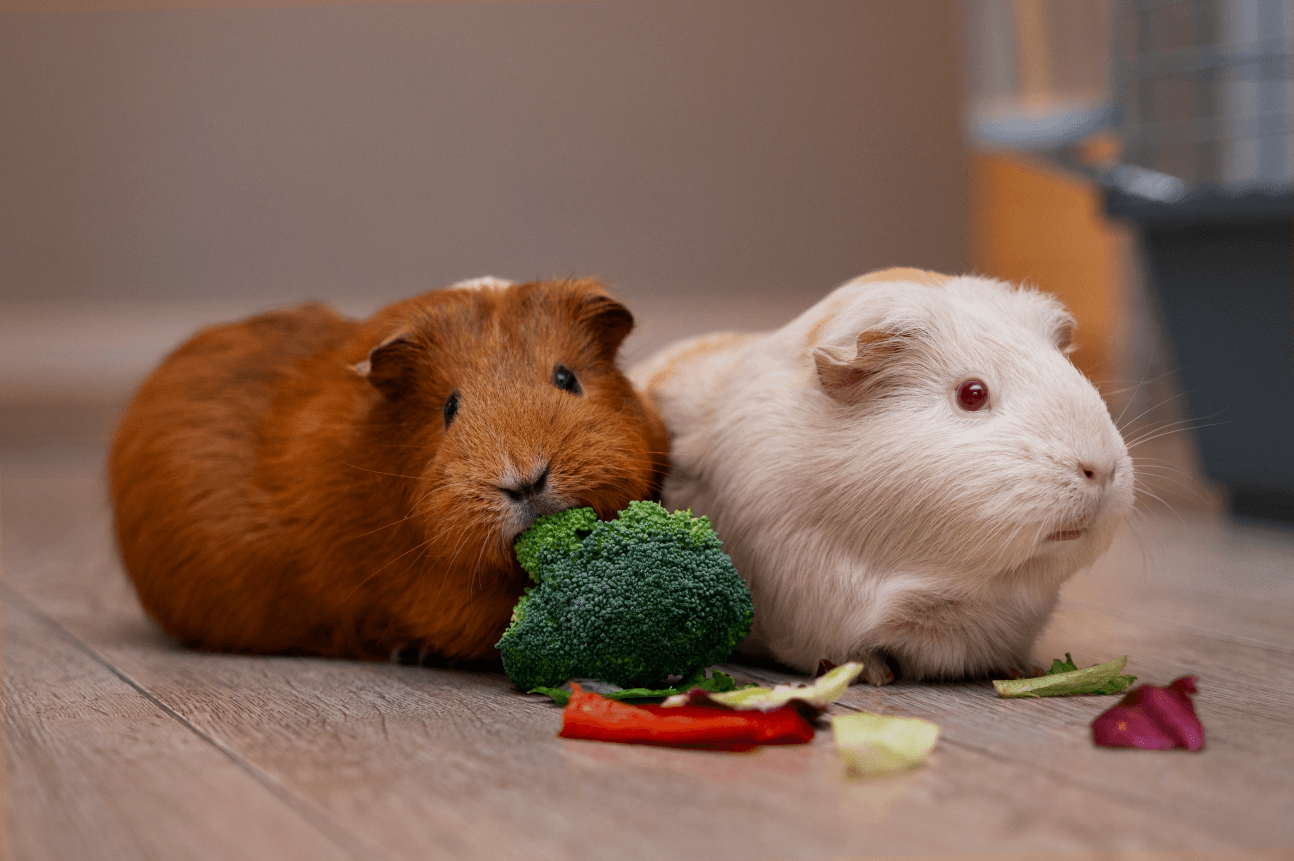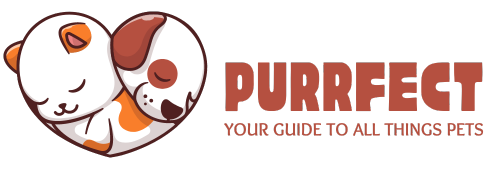How to Understand Your Guinea Pig: Tips for Reading Their Behavior
Guinea pigs are among the most adorable and entertaining pets you can have, each with their own unique personalities and quirks. While they don’t bark or meow, guinea pigs communicate in various ways—from their distinctive “wheeks” to their body language. Grasping your guinea pig’s behavior is essential for ensuring they are happy, healthy, and comfortable in your home. In this guide, we’ll delve into common guinea pig behaviors, their meanings, and how to help your little furry friend thrive.
1. Guinea Pig Sounds: What They Mean
Guinea pigs may be small, but they are quite vocal! They produce different sounds to express themselves, and once you understand what these sounds signify, you’ll be better equipped to meet their needs.
Wheeking
This is likely the most recognizable sound guinea pigs make. Wheeking is a loud, high-pitched noise that typically occurs when they’re excited, such as when you’re about to feed them. It’s their way of saying, “Hurry up, I’m hungry!”
Purring
When a guinea pig purrs, it can convey different meanings based on the context. A low, relaxed purr usually indicates they’re content and comfortable, similar to a cat. However, if the purr is higher-pitched or accompanied by tense body language, it may suggest they’re annoyed or uncomfortable.
Chutting or Chuttering
This sound is a cheerful one, often made when guinea pigs are exploring their surroundings or interacting with their humans. It’s a sign that they’re happy and enjoying themselves.
Teeth Chattering
Teeth chattering is a more aggressive sound, typically signaling that a guinea pig is irritated, anxious, or scared. If your guinea pig starts chattering its teeth, it’s best to give them some space.
Squealing
A loud squeal from a guinea pig indicates distress. This could mean they’re in pain, frightened, or uncomfortable, so it’s crucial to check on them right away to see what’s wrong.
2. Body Language: Understanding Your Guinea Pig’s Movements
While sounds play a significant role, guinea pigs also express their feelings through body language. By observing their posture and movements, you can gain insight into what they are trying to communicate.
Popcorning
One of the cutest behaviors exhibited by guinea pigs is known as “popcorning.” This delightful action involves your guinea pig leaping into the air, often several times in quick succession. It typically indicates that they are very happy and excited, especially when they are playing or enjoying a fresh supply of hay.
Freezing
When your guinea pig suddenly becomes motionless and remains perfectly still, this behavior is referred to as “freezing.” It usually occurs in response to fear or uncertainty. In the wild, guinea pigs are prey animals, and freezing helps them avoid detection by predators. If you notice your guinea pig doing this often, it’s important to figure out what might be causing their fear.
Running in Circles or Zoomies
At times, guinea pigs will race around their enclosure at high speeds, seemingly without any reason. This playful behavior is often called “zoomies,” and it indicates a happy, energetic guinea pig. It’s their way of expending excess energy and enjoying themselves.
Licking
When your guinea pig licks you, it’s a sign of affection. Similar to how dogs or cats might lick to show love, guinea pigs do the same. They may also lick to taste the salt on your skin, but in either case, it’s generally a positive behavior.
Stretching and Laying Down
A guinea pig that stretches out completely or lies on its side is demonstrating that they feel safe and relaxed. This behavior indicates that they trust their surroundings and the people in their environment.
3. Social Behavior: How Guinea Pigs Interact with Each Other
Guinea pigs are inherently social creatures, and in their natural habitat, they form herds. This social instinct extends to domesticated guinea pigs, which is why it's often advised to keep them in pairs or small groups. However, similar to humans, guinea pigs may not always get along with every other guinea pig they encounter, making it essential to understand their social behaviors.
Mounting
Mounting is a typical behavior observed among guinea pigs and is often associated with establishing dominance. It’s important to note that this behavior isn’t necessarily about mating; rather, it serves as a way for them to assert who is in charge. If you witness one guinea pig mounting another, there’s usually no need for concern unless it escalates to aggression or becomes excessive.
Nudging
Guinea pigs may occasionally nudge each other or their human companions with their noses. This gentle behavior can convey various messages, from a request for attention to a signal that they need more personal space.
Fighting
Although guinea pigs are generally friendly and social, they can sometimes engage in fights, particularly if two males are kept together in a confined space. Signs of fighting include aggressive teeth chattering, chasing, and biting. If you observe this behavior, it’s crucial to separate them to avoid injuries. Providing ample space and resources, such as food and hiding spots, can help alleviate tension among them.
Cuddling and Grooming
Bonded guinea pigs often engage in cuddling and grooming each other, which signifies affection and trust. If you notice your guinea pigs spending time together grooming or lying close to one another, it’s a strong indication that they have developed a close bond.
4. Creating the Right Environment for Good Behavior
A well-cared-for guinea pig is more likely to show positive behaviors and be a happy, healthy pet. Here’s how to create an environment that promotes good behavior.
Provide Plenty of Space
Guinea pigs require space to roam and explore. A small, cramped cage can lead to boredom and stress, which can result in behavioral issues. Ensure that your guinea pig’s enclosure is spacious enough for them to move around comfortably and includes distinct areas for eating, sleeping, and playing.
Enrichment and Toys
Guinea pigs are curious creatures that love to explore new things. Offering toys, tunnels, and chewable items can keep them entertained and mentally engaged. Bored guinea pigs are more prone to developing negative behaviors, so it’s important to provide them with plenty of activities.
Regular Interaction
Guinea pigs thrive on social interaction, whether with other guinea pigs or their human caregivers. Spend time each day engaging with your guinea pig through gentle petting, talking, or allowing them to explore outside their cage. This helps them feel secure and strengthens your bond with them.
Balanced Diet
A proper diet is essential for your guinea pig’s health and behavior. Ensure they have constant access to fresh hay, high-quality guinea pig pellets, and fresh vegetables. Inadequate nutrition can lead to health issues and even mood changes in your pet.
5. Understanding Guinea Pig Anxiety
Like all animals, guinea pigs can feel anxious, and this can show up in various ways. Common signs of anxiety include excessive hiding, freezing in place, chattering their teeth, or not eating. If you observe these behaviors, it’s crucial to determine what might be triggering their anxiety. This could range from a noisy environment to insufficient hiding spots in their cage.
To help alleviate anxiety, ensure your guinea pig has plenty of safe areas to retreat to, such as hideouts or tunnels. Additionally, strive to maintain a calm environment, free from sudden loud noises or other stressors.
Wrapping It Up: Know Your Guinea Pig
Each guinea pig has its own unique personality, and understanding their behavior is part of the joy of having these delightful little pets. By paying close attention to their sounds, body language, and social interactions, you can provide them with the care and comfort they need for a happy, healthy life.
Remember, patience is essential. The more time you dedicate to observing your guinea pig, the better you’ll grasp their individual quirks and preferences. Before long, you’ll be able to understand exactly what your little furball is trying to communicate!
